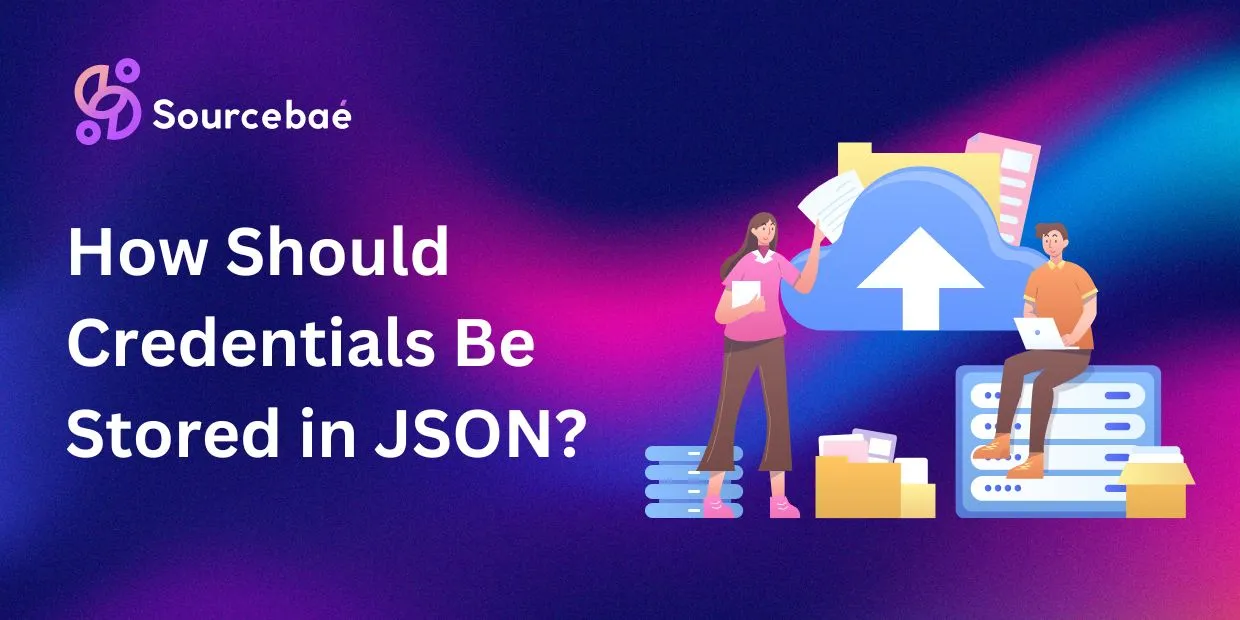In today’s digital age, data security is paramount. With the widespread use of JSON (JavaScript Object Notation) for data interchange, it’s crucial to understand how to store sensitive credentials securely. This article will guide you through the best practices and techniques for safeguarding your credentials when using JSON. Let’s dive into the world of secure credential storage.
JSON, known for its simplicity and flexibility, is commonly used to store and exchange data between servers and clients. However, when it comes to storing sensitive information like credentials (such as usernames and passwords), a few precautions must be taken to ensure security.
The Importance of Encryption
One of the fundamental principles of secure credential storage in JSON is encryption. When storing credentials, it’s essential to encrypt the data to protect it from unauthorized access. Encryption algorithms like AES (Advanced Encryption Standard) can be used to secure the JSON data, rendering it useless to anyone without the decryption key.
Using Salted Hashes
To add an extra layer of security, consider using salted hashes for password storage. Salting involves adding random data (a “salt”) to the password before hashing it. This makes it extremely challenging for attackers to crack the password, even if they gain access to the JSON file.
Role-Based Access Control
Implementing role-based access control (RBAC) is another effective strategy for secure credential storage. With RBAC, you can restrict access to JSON files containing credentials to authorized users only. This ensures that only individuals with the appropriate permissions can access the sensitive data.
Two-Factor Authentication (2FA)
For an added layer of security, consider implementing two-factor authentication (2FA) in your JSON-based credential system. This way, even if an attacker somehow obtains the JSON file, they would still need a second form of authentication (e.g., a one-time code sent to the user’s phone) to access the credentials.
Regularly Update and Rotate Credentials
Security is an ongoing process. To maintain the integrity of your JSON-based credential storage, it’s crucial to regularly update and rotate credentials. This means changing passwords and encryption keys at predefined intervals to minimize the risk of unauthorized access.
Third-Party Libraries and Tools
When working with JSON and credentials, it’s advisable to use reputable third-party libraries and tools. These tools often come with built-in security features and have been thoroughly tested for vulnerabilities.
Monitoring and Logging
Implementing robust monitoring and logging mechanisms is essential. These systems can alert you to any suspicious activity or unauthorized access attempts, allowing you to respond promptly and mitigate potential security breaches.
FAQs (Frequently Asked Questions)
Q: Can JSON itself be used for secure credential storage?
JSON alone is not suitable for secure credential storage. It’s essential to implement encryption, hashing, and access control measures to enhance security.
Q: What’s the difference between encryption and hashing?
Encryption is a reversible process, while hashing is not. Hashing converts data into a fixed-length string of characters, making it challenging to reverse the process and retrieve the original data.
Q: How often should I rotate credentials?
Credential rotation frequency depends on your organization’s security policies. However, it’s generally recommended to rotate credentials regularly, such as every 90 days.
Q: Are there any specific libraries recommended for JSON-based credential storage?
Some popular libraries for secure JSON-based credential storage include CryptoJS and libsodium.
Q: Can JSON be used for storing API keys securely?
Yes, JSON can be used to store API keys securely when combined with encryption and proper access control.
Q: What are some common security risks associated with JSON-based credential storage?
Common security risks include unauthorized access, data leakage, and weak encryption methods.
Conclusion
In conclusion, securely storing credentials in JSON requires a multifaceted approach that includes encryption, hashing, access control, and regular updates. By following best practices and staying vigilant, you can protect sensitive information and minimize the risk of security breaches. Remember that data security is an ongoing process, and it’s essential to adapt to evolving threats and vulnerabilities.
READ MORE: What Companies Are Using Cloud Computing?






